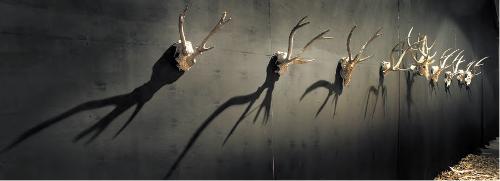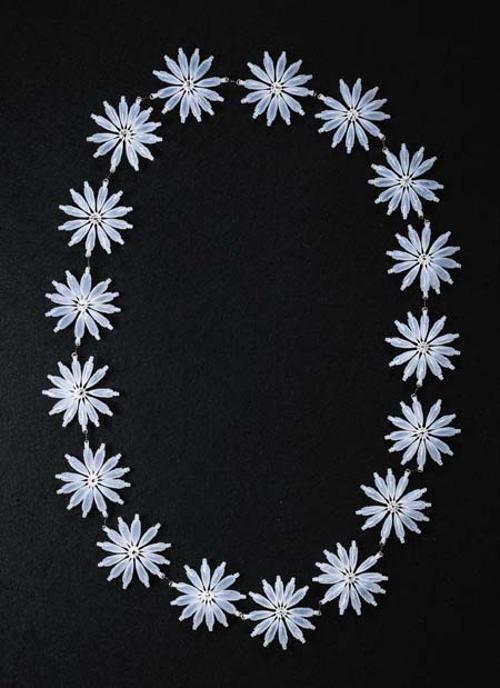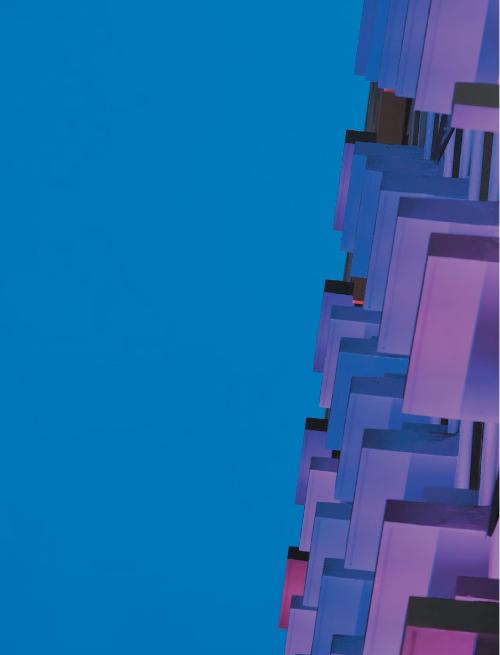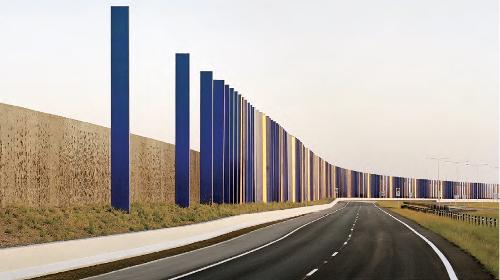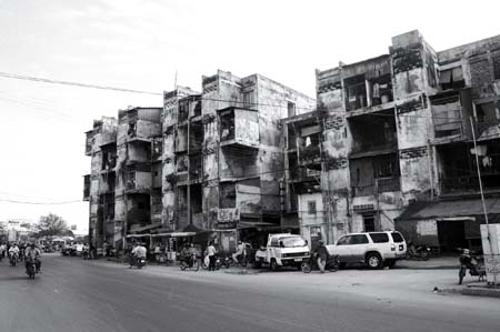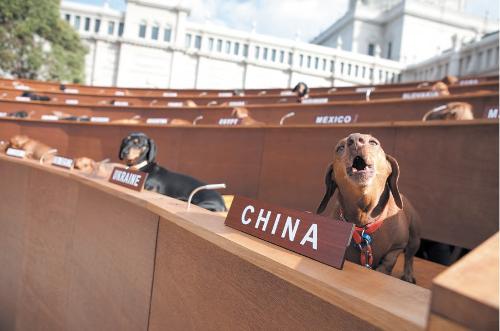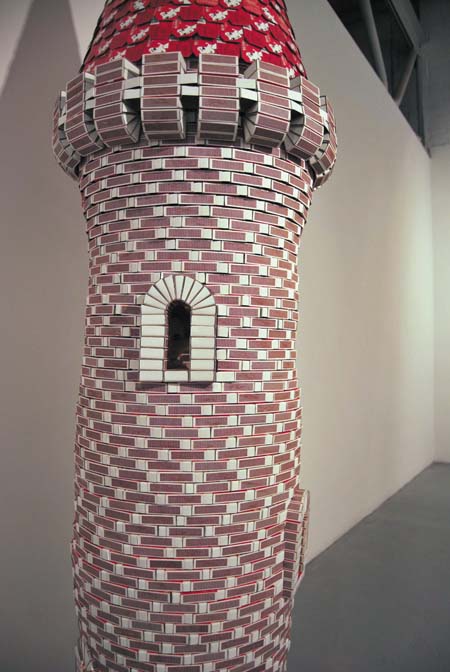
Under the guidance of first time curator Mat Ward eight local artists - of diverse age and stage of career – reflect on their childhood and explore connections between their first experiences of art-making and their current practice. The result is an eclectic selection of emotionally, symbolically and aesthetically intense works laden with ambiguity. And it's BYO memories for the viewer.
An animal figurine sits on a windowsill silhouetted against dappled green light. This digital print, 'Playing Around' by Geoff Parr, beautifully captures the profoundly un-momentous experience as a kid of formless time passed at home. As a child Parr may have 'played around’ with reality through daydreaming, but these days he uses digital technology to reshape reality. The right side of this domestic image splits into a series of wedge-shaped sections, which stack upon each other to form a circular abstraction. This portal-like distortion reminded me how epiphanies had a tendency to strike full force in early life at the most banal of moments.
Carolyn Wigston’s 'Christmas Tree' reflects on a similarly ‘little’ moment: staring at coloured lights and baubles through the branches of a Christmas tree. This abstract painting, in spray paint on acrylic, buzzes with hot colour contrasted against a luscious glossy black ground. You sense that as the pure visual intensity of festive lights and colour burned themselves permanently onto Wigston’s young retinas, a lifetime’s aesthetic sensibility was forged.
Do you remember how you pined to replicate the diagram on the Lego box? Lucia Usmiani flaunts the perseverance and skill of adulthood to produce a six-foot fantasy turret of matchboxes ('Rosalina in the Tower'). Redheads packaging is painstakingly transformed into tiny roof tiles, staircase, flags and brick work. The result proclaims ‘dreams do come true’ a la the Walt Disney signature tune, but in its untouchable perfection it deflects deeper penetration. Marvellous but literally lightweight, this tower realises the ultimate childhood desire to conquer representation for its own sake, and reveals the creative hollowness of the victory.
Those familiar with Pat Brassington’s practice know she is well-versed in Freudian psychology and adept at channelling the (disturbed) child within. So it is a surprise that her work for this exhibition is not an especially strong piece. Her digital print xxx borrows the aesthetics of a storybook to present an image of a deformed stuffed panda under the heading ‘Flippa the Frog’. The disconnect between words and image suggests wrong learning or misleading instruction. The artist’s statement, which gives this show its perplexing name, only further muddies the water.
Darkness drips from Joel Crosswell’s life-sized angel 'Fallen Grace'. This faceless monster embodies the fear, anger and pain of boyhood and all the stereotypical symbols of angst are here: flames, horns, piercing, chains. Equally innocence and fragility are present in the hand-stitching, bandages and other mixed media details. This fallen angel figure seems poised on the brink of escape, like a puppet broken free of its master.
Dali and the Lama by painter Wayne Brookes also explores repression and release. This baroque mash-up of figures, architecture and symbols from art history and Christian iconography comes together in a composition swollen with tension. First impressions suggest that Brookes, represented as a naked torso with arms outstretched, was the centre of his own gilt-edged world just bursting to fulfill his enormous potential. However, this fantasy is encircled by a swarm of red-bellied piranhas - the epitome of danger to a child.
For many of these artists, early experiences of art-making clearly provided escape from a perplexing world and hope for a different kind of future.
The works discussed above are positioned almost too evenly throughout INFLIGHT’s main gallery space. This facilitates a series of powerful but rather singular experiences. Two further works sit outside this space; Pip Stafford’s cobweb-like '39 Reasons to Forgive You' is in a poorly lit project space while Jamin’s wall mural 'Oooh yeah baby, it’s Art!' is adjacent to the entrance. Their dislocation is particularly unfortunate because I sensed that these two installation pieces could have brought the other (more self-contained) objects into a more dynamic relationship. Luckily since childhood is universal viewers will come equipped with more than enough personal associations to join the dots for themselves.

